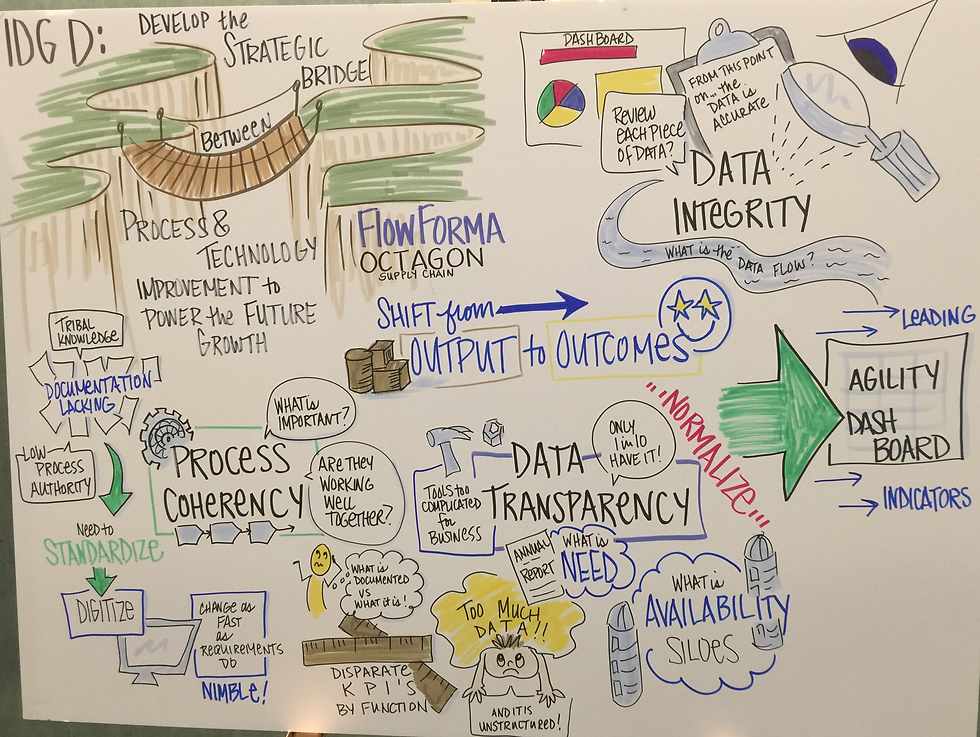The path to a leading edge, sustainable supply chain begins with a best in class strategy process
- cliffordlee8
- Sep 18, 2018
- 2 min read
The supply chain strategy is renewed in concert with the business strategy, which in general is an annual cycle. While this seems straightforward enough, this is an Achilles Heel for many companies. The vast majority of company C-Level executives are not satisfied with their processes, and almost two thirds are not confident that the "Deploy" and "Execute" activities in the diagram above are being conducted in a manner that truly connects with the business strategy.

Once an organization reaches the Deploy phase of a strategy, it's exactly analogous to building tracks for a locomotive: you can have a world-class locomotive, but it's got to go in the direction of the tracks, even if those tracks lead to the edge of a precipice. The challenge, therefore, is to determine the right direction to move an organization. This occurs in the Translate phase.
The Translate phase should be where discussions drill to excruciatingly detailed levels of specific actions to be taken in the year ahead to determine exactly what the important KPIs are, so as to ensure perfect connectivity between each tactical element of execution and the business strategy. Once these KPIs are aligned between C-Level and functional leadership, there are much better prospects that the locomotive will be headed in the right direction.
Another downfall many organizations experience is execution agility. Most companies maintain a monthly project review/approval cycle. This length works well in the Measure & Adjust step, but is not appropriate in the Deploy or Execute steps. In many cases, we have seen companies only able to gear up to run a major project by the second quarter or late first quarter at best, when all this work should have been completed by the middle of January at the very latest.
A formal Strategy to Project Charter process is missing in many companies, and is one key practice associated with companies on the Leading Edge that is exercised on an annual basis to accelerate an organization to the critical Execute phase. An efficient process here avoids both translational and agility issues in Strategy execution.






Comments